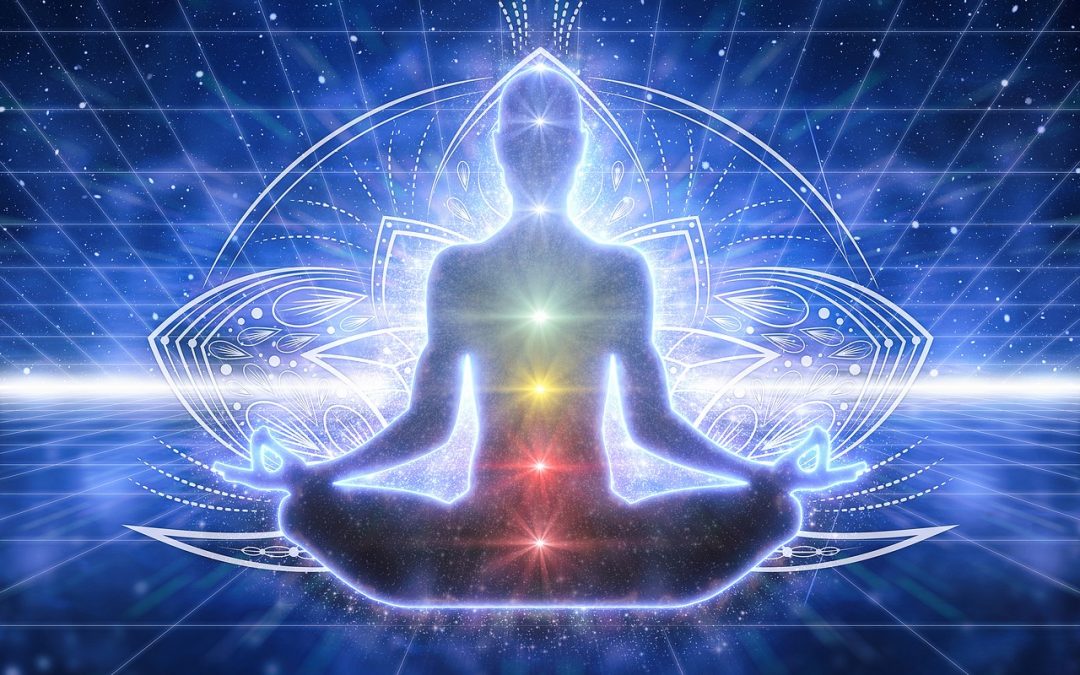As we enter the Longest Night and await the Birth of the Light after Winter Solstice, it is interesting to note how many religions and spiritual traditions use this time of year for powerful teachings and events. Three levels of understanding await the seeker on her/his transformational journey. Religion, Spirituality and Mysticism are related but different levels of understanding of the seeker. Here is how Timothy Freke explains these concepts in his book, Spiritual Traditions.
“Religion is concerned with rituals, observances, creeds and codes of social morality. It marks the transitions of life … with appropriate rites that bind together a community. Religion is the outer form of spirituality. However, it is perfectly possible to be religious but not spiritual as many people piously participate in religious customs without ever undertaking a personal journey of spiritual transformation. Fundamentalism of all persuasions, with its insistence on blind faith in dogmas, is religion without true spirituality. This is why it so often divides people instead of uniting them.
Spirituality is the inner content of all religions, but it does not necessarily have to have a religious context. Spirituality is about setting out on a personal search for answers to the most profound questions of life. It is a journey of awakening to who we really are; a journey from fear to faith; a journey from ennui to a life filled with magic and wonder; a journey from feeling alone in a hostile world to being at one with everyone and everything.
Mysticism is the deepest level of spirituality. It teaches that reality is an indivisible Whole appearing as many parts. Although we think of ourselves as separate individuals, this is an illusion. There is only the constantly metamorphosing Totality. We are not the transitory mortal beings we take ourselves to be. Our immortal and eternal Self is one with the Oneness viagra generika schweiz rezeptfrei.” pp.152-153.
Polytheistic traditions (eg. Shamanism, Hinduism, ancient Paganism) believe in many gods and goddesses. Monotheistic traditions (eg. Judaism, Christianity, Islam) believe in one god. Monist traditions (eg. Taoism, Buddhism) believe in an impersonal Oneness. You would think that there was no common ground between them, and yet there are similarities. All believe in a Oneness that connects us all. The polytheistics worship the one God using lesser deities that are natural and supernatural. Monotheistics worship the one God using angelic beings, saints and prophets. And Monists recognize and utilize many gods, celestial Buddhas and nature spirits to worship the Oneness.
There is a saying, “Many roads lead to God”. Another one states, “There are different rivers running to one sea of Truth.‘ Perhaps at this special time of year, we can take a moment to remember that we are all on this journey called Life yet we may be taking different routes to get to our common destination. It’s not so important that you are on the same road to the One as I am. What matters is that you are on a road to the One!
May the gifts of the season support and sustain you.

